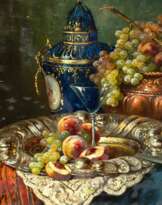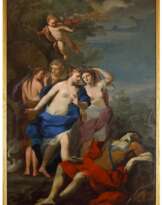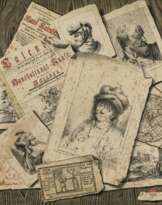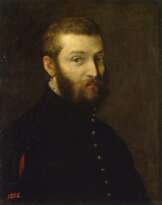Crispijn van de Passe I (1564 - 1637)
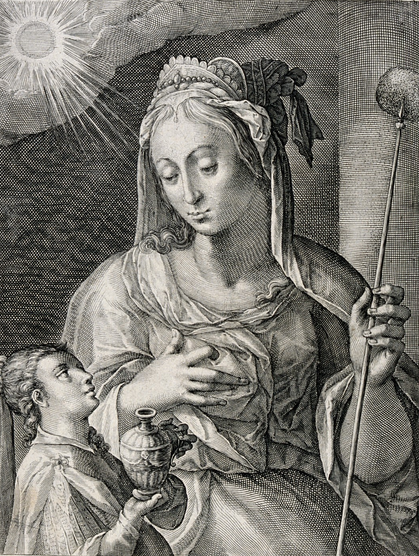
Crispijn van de Passe I
Crispijn van de Passe the Elder was a Netherlandish engraver and publisher, renowned for his intricate and evocative engravings that spanned various subjects, including portraits, historical scenes, and mythological tales. His work contributed significantly to the art and culture of the time, capturing the complexities of human emotions and narratives in his prints.
Noteworthy is his engraving of Queen Elizabeth I, which highlights his proficiency in portraiture, illustrating the regal demeanor and significance of the English monarch in 1592. His series on "The Muses," specifically the depiction of Euterpe, showcases his skill in combining engraving with etching to portray the grace and inspiration associated with the muses of classical mythology. Furthermore, his work on "Liber Genesis," particularly "Aftermath of the Flood," demonstrates his ability to convey powerful biblical stories through his artistry.
Crispijn's family, including his children, continued his legacy in engraving, contributing to the family's reputation in the art world. His works are held in prestigious institutions worldwide, such as The Metropolitan Museum of Art in New York and the Rijksmuseum in Amsterdam, underscoring their enduring appeal and significance in the history of art.
For collectors and experts in art and antiques, Crispijn van de Passe the Elder's engravings offer a glimpse into the artistic endeavors of the 16th and 17th centuries, reflecting the cultural and historical contexts of the time. To stay updated on sales and auction events featuring his works, consider signing up for updates, ensuring access to the latest offerings related to this distinguished artist's creations.
| Date and place of birt: | 1564, Arnemuiden, The Netherlands |
|---|---|
| Date and place of death: | 6 march 1637, Utrecht, The Netherlands |
| Period of activity: | XVI, XVII century |
| Specialization: | Artist, Draftsman, Engraver, Illustrator, Portraitist, Publisher |
| Genre: | Mythological painting, Religious genre |
| Art style: | Baroque, Old Masters |


